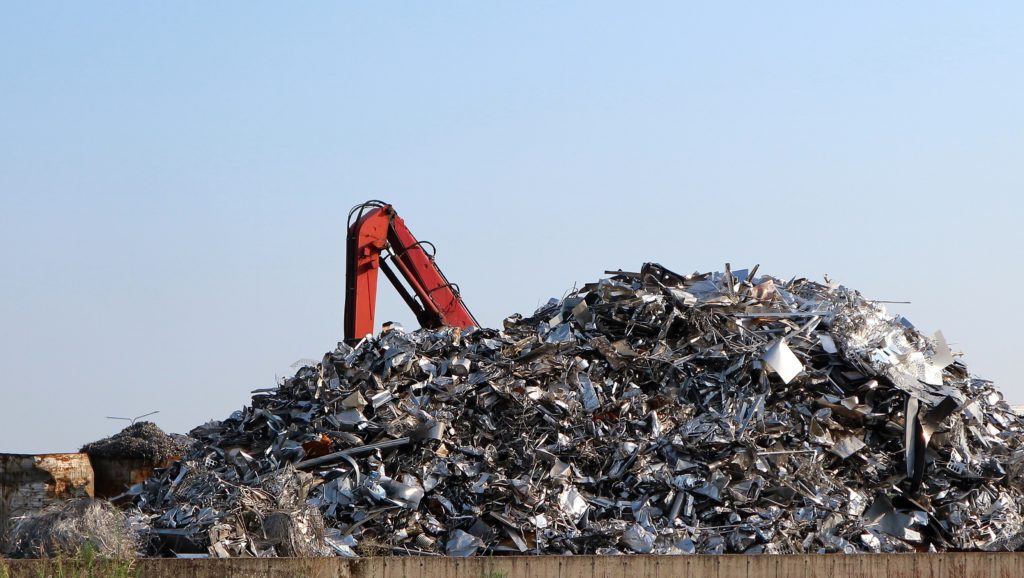
Recycled metal will drive a massive wave of aluminum that’s about to hit global markets, as the industry comes under more pressure to decarbonize.
Over the five years through 2026, the world will add 22 million tons of annual capacity of aluminum made from scrap, according to Jorge Vazquez, managing director of industry consultant Harbor Aluminum. In China alone, expansion projects will add about 15 million tons of new secondary capacity during that period.
“Scrap is the new aluminum ore,” Vazquez told North America’s largest aluminum conference on Wednesday.
Aluminum prices have rallied 11% this year, creating an incentive for recyclers to go out in search of additional sources of scrap. In recent years, primary aluminum smelters have also faced periodic squeezes on profitability arising from spikes in the cost of energy and raw materials, while they’re also under pressure to reduce emissions.
In China, Beijing has imposed a cap on the country’s total aluminum production capacity, and many analysts and traders expect global prices to rise sharply as output reaches that limit. Rising production from secondary sources could help to plug the gap, but the challenge will come in finding sufficient volumes of scrap to feed the plants as they expand.
Harbor forecasts that the net increase in secondary production in China over the five years through 2026 will be about 6.3 million tons, meaning the plants will be running well below capacity.
In the US, recycled aluminum will make up two-thirds of unwrought supply by 2026, up from 45% in 2015, Harbor said. That comes as major industry players invest in the scrap market over the past year.
Rio Tinto Plc bought a 50% stake in North American scrap aluminum producer Matalco Inc. last July. Last week, Norsk Hydro ASA put $85 million toward the production of recycled aluminum automotive parts at its facility in Kentucky.
“That’s what our customers are asking for,” Duncan Pitchford, head of Hydro Aluminum Metals USA, said at the same conference. “They want a lower carbon footprint in their products because they’ve made promises to their customers that they’re going to do this.”
Recycling aluminum is not only less costly, but it’s also far less energy intensive than primary production. The main challenges are to improve the efficiency of collecting and processing scrap.
“Once you’ve saturated your market with a reusable material, the responsibility is then to reuse it,” Charles Johnson, chief executive officer of the Aluminum Association, said. “That’s one of the things that drives down the overall carbon intensity of aluminum production in North America.”
That additional supply will keep the aluminum market in surplus and — along with high interest rates — will prevent prices on the London Metal Exchange from gaining momentum, according to Vazquez.
(By Guillermo Molero)
Comments